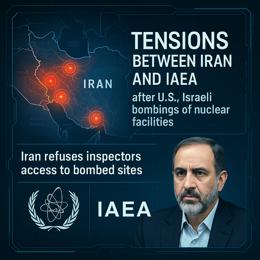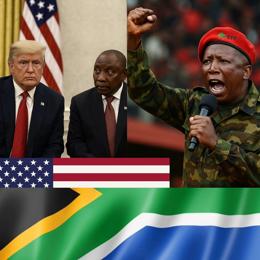Image created by AI
The Dynamics of Global Military Spending: US Leads while Europe Struggles to Meet NATO Targets
As geopolitical tensions shape global priorities, military spending has surged worldwide, with the United States maintaining its position as the leading expenditure power in defense. In 2023, the US dedicated a monumental $880 billion to its military forces, overshadowing the combined defense budgets of the next eight highest-spending countries, according to data from the Stockholm International Peace Research Institute (SIPRI).
This staggering allocation from the US comes at a time when European nations are grappling with calls to augment their own defense expenditures. The urgency was highlighted at a recent emergency summit in Paris, where European leaders convened to discuss strategic responses to U.S. President Donald Trump’s controversial move to initiate talks with Russia excluding European participation.
In January, Trump had sternly urged NATO’s European allies to earmark 5% of their GDP for defense purposes, a significant push above the long-standing NATO target of 2%. This has sparked a wave of deliberations across Europe about the feasibility and implications of such an increase.
The trends in global military spending reflect a stark escalation, with 2023’s total hitting $2.44 trillion. This marks an increase of 6.8% from the previous year, the sharpest climb since 2009. Notably, countries at the forefront of regional tensions like Ukraine have seen dramatic budget allocations toward defense, with Ukraine spending 36.7% of its GDP amid its ongoing conflict with Russia.
Despite the increasing pressure from the US, NATO reports reveal that about two-thirds of its members have now met the 2% GDP target, with total defense spending by members reaching $1.47 trillion in 2024. This is a rise from the figures in the previous years, reflecting a slow but steady commitment to enhanced military readiness amid evolving global threats.
The disparities in military spend as a share of GDP among countries are wide-ranging, with nations like Lebanon, Algeria, and Saudi Arabia earmarking significant portions of their economic output for defense, driven by regional instability and security concerns.
As military spending scales new heights, the emphasis on NATO's cohesion and the balance of military power globally will likely remain subjects of intense scrutiny and strategic maneuvering. How Europe and the broader international community respond to these expenditure trends will shape the future landscape of international relations and security alliances.










